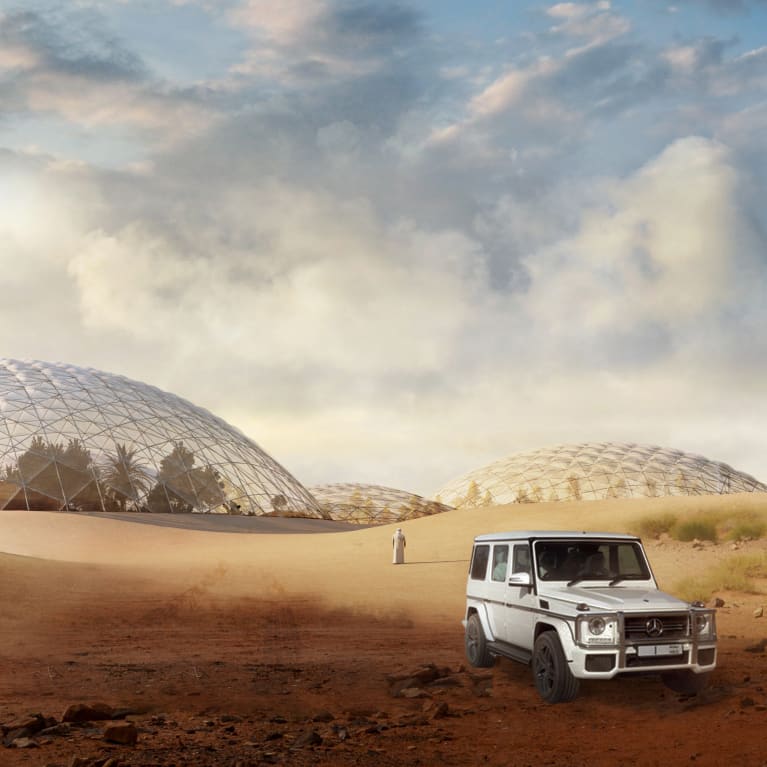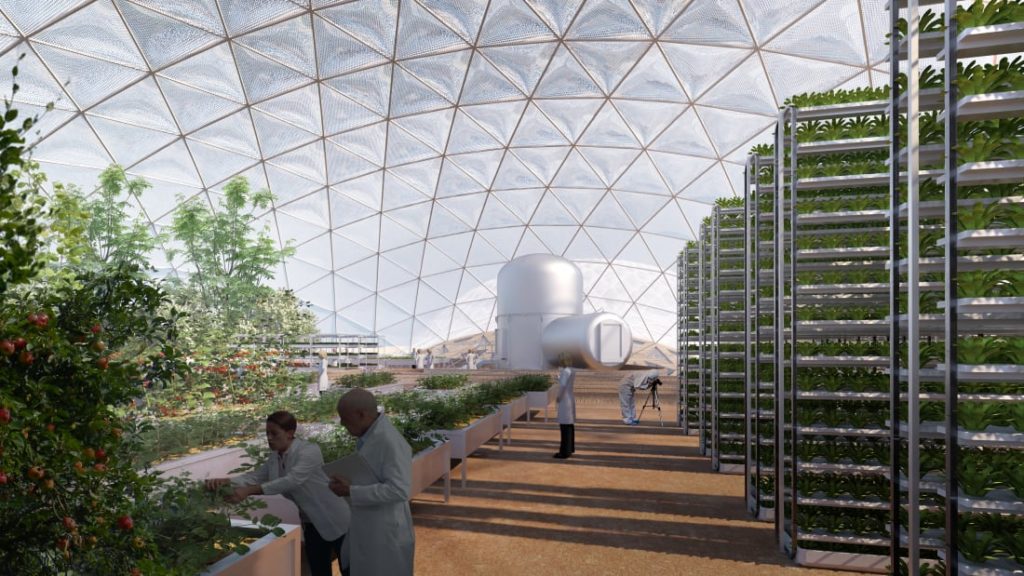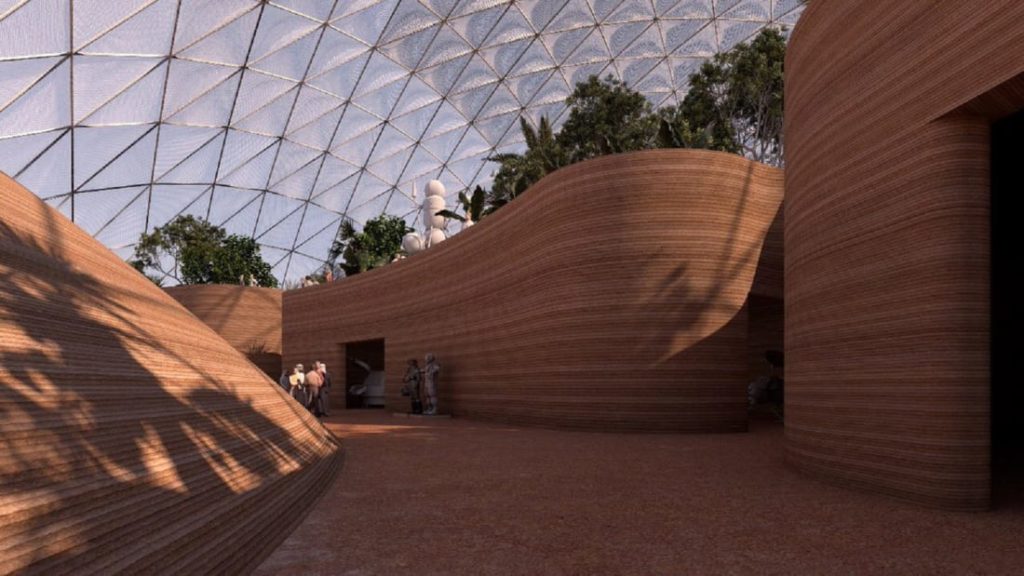The UAE has announced in 2017 that they are intending to populate Mars in the next 100 years. But a group of architects has already started to imagine how a Martian city would look like and therefore started building it in the desert of Dubai.
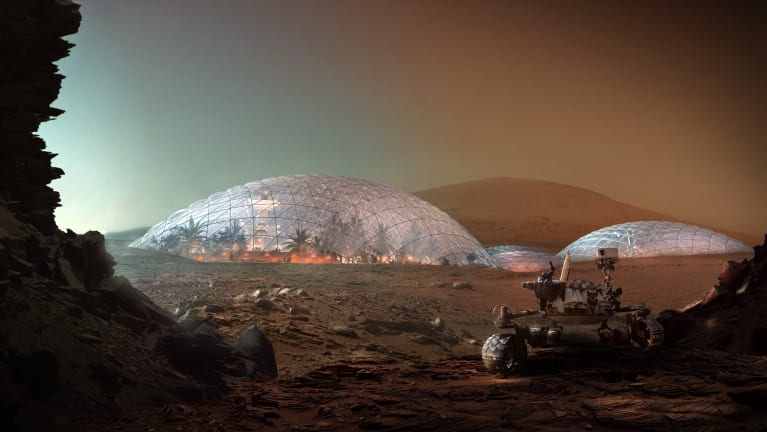
Mars Science City was initially destined to cover up 176.000 square meters of the desert, totaling over 30 football stadiums. The price of the investment reaching almost 135 million dollars
Build as the future space where the Mohammed Bin Rashid SpaceCentre (MBRSC) from Dubai, would eventually develop the technologies necessary for populating the red planet, the architects from Bjarke Ingels Group built a prototype of a city, capable to sustain life on Mars and then eventually be amended so it can be suitable for the desert in the Arab emirates.

For this unique mission, the builders needed to first overcome a series of challenges as making the hostile environment on Mars to be livable for human beings. Most of the thin atmosphere does not have a global magnetic field, so it does not offer a lot of protection from sun radiation. The temperature is another issue as on Mars it can reach up to -63 degrees celsius. A little chilly right?
Also, a thin air pressure makes the liquids to evaporate faster, so regardless of the cold temperatures, human blood would boil on Mars. According to Jonathan Eastwood, the spacial laboratory director at Imperial College London, the dangers and challenges of living on mars are far more complex. The question is not how to survive on Mars, but how to prosper.
How does the science city looks like
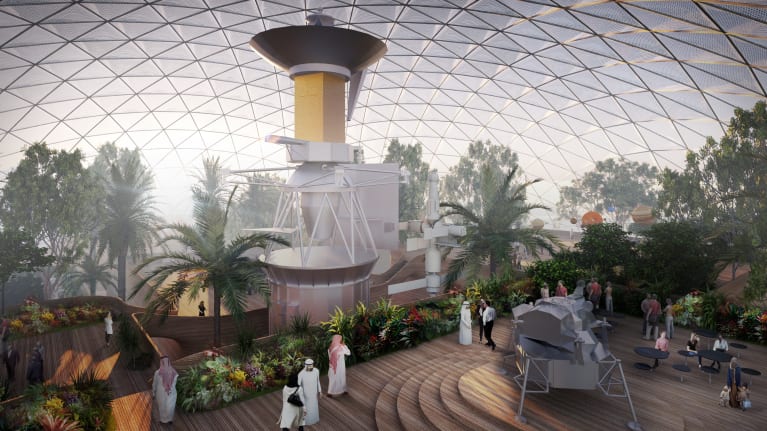
Jacob Lange of Bjarke Ingels Group explained in a CNN article how his project plans for overcoming the above-mentioned challenges.
To sustain a comfortable temperature and an optimized air pressure, the martial city would be made of pressurized bio-doms and covers in a transparent membrane made of polyethylene. Oxigen, made from electricity applied over ice in an underground environment, would fill each bio-dome.
Once the population on Mars would start growing, the biodome would interconnect in order to create villages and ultimately cities in the shape of rings. The city would be heated up by solar energy. Also, the thin atmosphere could eventually help to keep the temperature constant in the doms.
The buildings would be built using 3D technology using martial solid, and the rooms would go as deep as 6 meters in the ground. This way they would be protected from dangerous radiations or meteorites.
Mars Science City is just a piece of the ambition special project of the Mohammed Bin Rashid Spacial Center. Last year they have sent the first astronaut in space and this summer they plan to also send a probe on Mars.

